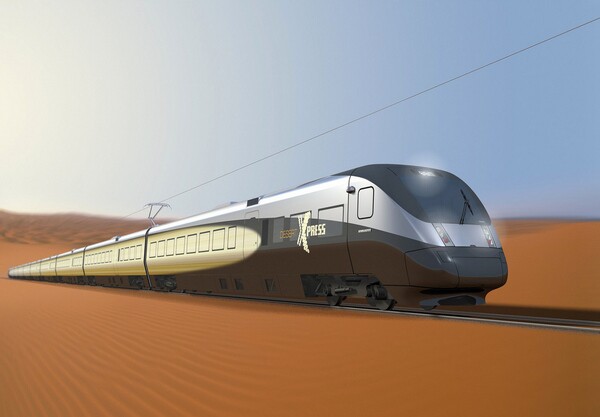High-Speed Train to Vegas Takes Another Step, Utah Looks to Connect

A day after Congress sought to curb federal spending, including funding for California's high-speed rail project, the Bureau of Land Management approved plans for DesertXpress, a high-speed train that is initially planned to go between Las Vegas and Victorville, and later further west to Palmdale.
BLM's November 18 announcementauthorizes DesertXpress the right of way to construct and operate the rail line on public lands. The dedicated passenger-only railroad falls on "previously disturbed lands" in existing utility corridors, according to the federal agency. Critics have been wary, however, as the line travels abut Mojave National Preserve and into the Ivanpah Valley.
BLM's total acreage for permanent right-of-way along the 200-mile corridor consists of 821 acres of public land and an additional 95 acres for temporary construction. The project will also takeover 2,800 acres of private land.
Earlier DesertXpress approvals came in October from the Surface Transportation Board and in July from the U.S. Department of Transportation.
The BLM announcement came after congress passed a spending bill cutting federal funding of high-speed rail projects for the 2012 fiscal year. While the decision by Congress and the approval by BLM are not related, it may stall any thought of considering how the two projects would connect in Palmdale (that is if the California project ends up going through the Antelope Valley city).
Despite high-speed rail critics, other states are considering linking to the projects. Utah is looking to form a working group to survey rail and secure federal funding to study a connection to DesertXpress. "We need to study whether a connection makes sense," Senator Ben McAdams told The Salt Lake Tribune. "We are the crossroads of the West. And we don't want to be left behind."